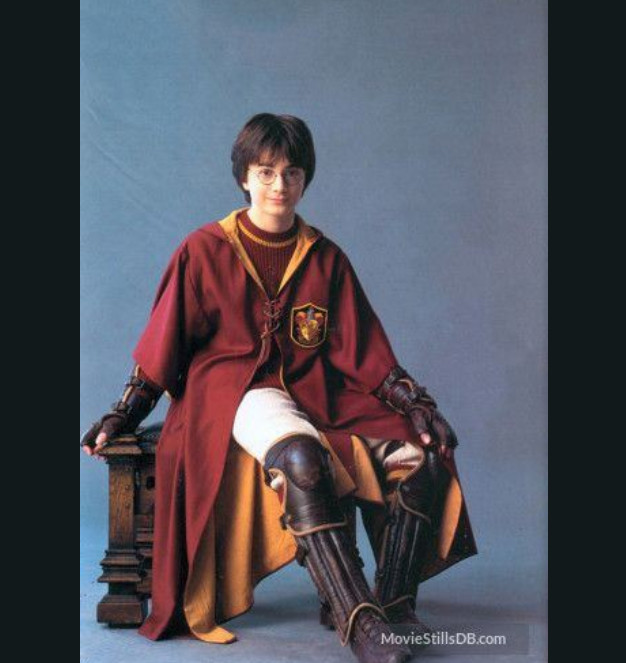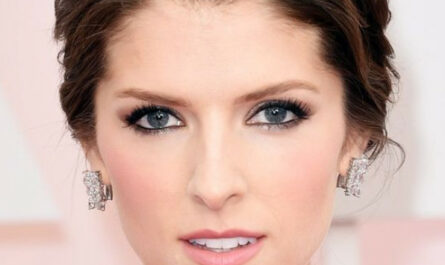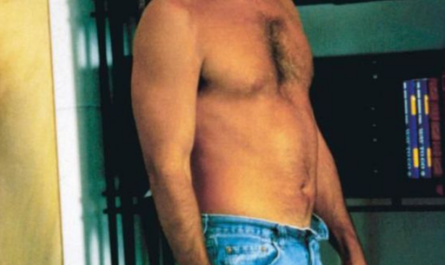In the world of cinema, every detail matters – from the script to the cinematography to the costumes worn by the actors. Costume design, in particular, plays a crucial role in bringing characters to life, conveying their personalities, emotions, and journeys on screen. When it comes to an actor like Daniel Radcliffe, whose career has been defined by iconic roles spanning various genres and themes, the choice of costume color becomes even more significant. From the halls of Hogwarts to the depths of grief and beyond, Radcliffe’s characters have been visually defined by the colors they wear. In this exploration, we delve into the spellbinding story of how costume color has defined Daniel Radcliffe’s most memorable roles, transcending the confines of the screen to capture the hearts and imaginations of audiences worldwide.
The Harry Potter Series: Scarlet and Gold to Shades of Darkness
The Harry Potter series stands as a testament to the power of storytelling and the enduring appeal of its characters. At the heart of this magical world is Harry Potter himself, portrayed by Daniel Radcliffe. Throughout the series, costume designers utilized color to reflect Harry’s journey from an innocent boy to a courageous young wizard.
In the early films, Harry is frequently seen clad in the scarlet and gold colors of Gryffindor house. These vibrant hues symbolize bravery, daring, and loyalty – traits that define Harry’s character and his association with the “good guys” in the wizarding world. As Harry matures and confronts increasingly complex challenges, his wardrobe undergoes a subtle yet significant transformation.
In later installments of the series, Harry’s attire becomes darker, mirroring the darker themes and dangers he faces. Blacks and grays replace the bright Gryffindor colors, signaling a shift towards more serious and somber tones. This evolution in costume color reflects Harry’s growth as a character, as he grapples with the weight of his destiny and the looming threat of Voldemort.
The Woman in Black: Exploring Grief and Redemption Through Monochrome
In the haunting thriller “The Woman in Black,” Daniel Radcliffe portrays Arthur Kipps, a grieving widower haunted by supernatural forces. Costume designers employed a monochromatic color palette to convey the depths of Arthur’s sorrow and his journey towards redemption.
Throughout the film, Arthur is predominantly dressed in black and white attire. Black represents his mourning and despair following the death of his wife, while white symbolizes his attempts to move on and find closure. This stark contrast between light and dark reflects the duality of Arthur’s emotions as he grapples with loss, guilt, and the supernatural horrors that surround him.
Swiss Army Man: Muted Tones and Existential Exploration
In the surreal comedy-drama “Swiss Army Man,” Daniel Radcliffe takes on the role of Hank, a stranded man who befriends a talking corpse. Costume designers opted for a muted color palette to emphasize the existential themes and absurdity of the film’s premise.
Hank’s wardrobe consists primarily of earthy browns and beiges, blending him seamlessly with the natural environment in which he finds himself stranded. These muted tones reflect Hank’s sense of isolation and detachment from the world, as well as the surreal and introspective nature of his journey towards self-discovery and acceptance.
Horns: Harnessing the Power of Color in a Dark Fantasy
In the dark fantasy film “Horns,” Daniel Radcliffe portrays Ig Perrish, a young man who grows horns that grant him supernatural abilities. Costume designers utilized color to accentuate Ig’s transformation and the themes of power, anger, and redemption that define his character arc.
Throughout the film, red becomes a recurring color in Ig’s wardrobe, symbolizing the intensity of his newfound abilities and the anger and frustration that consume him. As Ig grapples with the consequences of his actions and seeks redemption for past sins, the red hues in his attire serve as a visual reminder of the darkness that lurks within him and the potential for both destruction and rebirth.
Conclusion:
From the halls of Hogwarts to the depths of grief and beyond, Daniel Radcliffe’s characters have been defined by the colors they wear. Costume designers use color strategically to visually communicate aspects of Radcliffe’s characters – from their personalities and emotional states to their journeys and transformations throughout the story.
Whether clad in the scarlet and gold of Gryffindor, the monochrome palette of mourning, or the muted tones of existential exploration, Radcliffe’s characters come to life through the power of costume color. By harnessing the visual language of color, costume designers enhance the narrative and deepen audience understanding, creating a captivating visual tapestry that lingers long after the credits roll.



